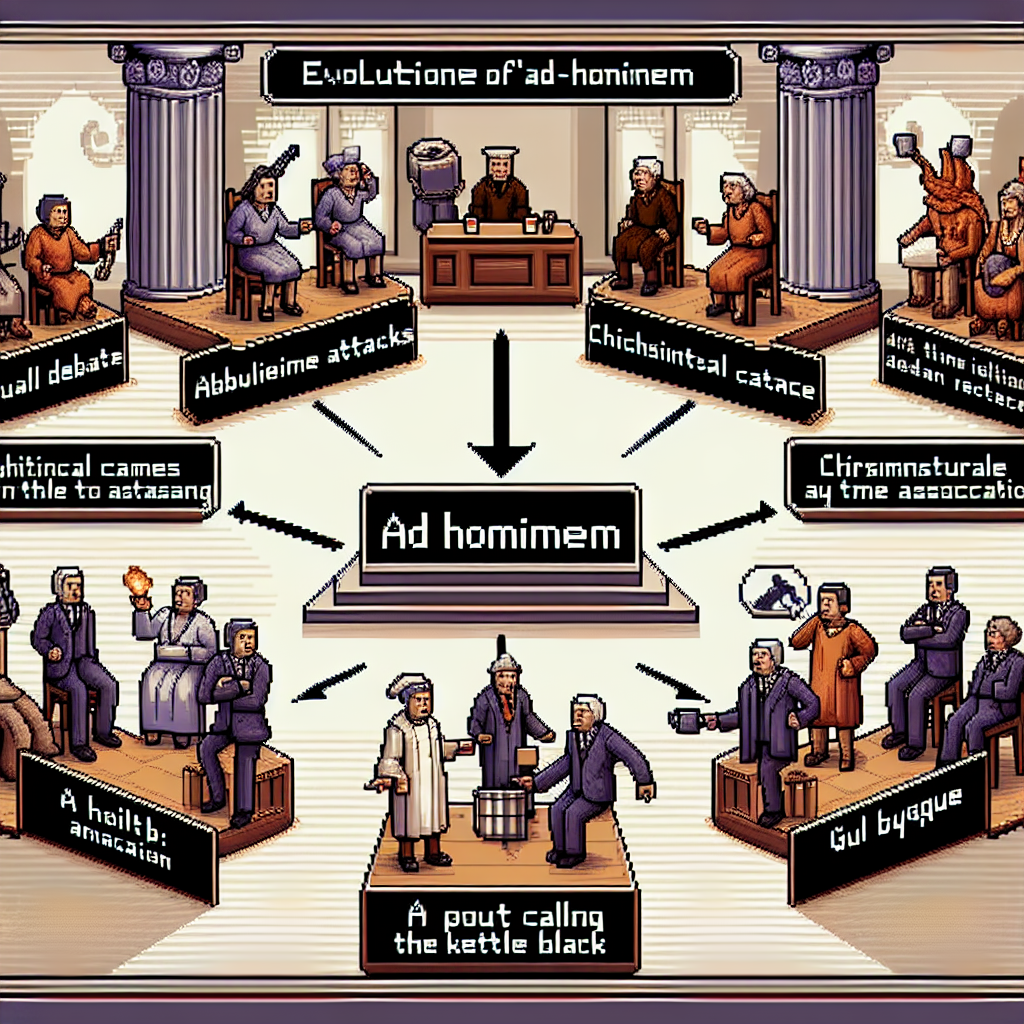Division Fallacy and its Significance
Overview of Logical Fallacies
Logical fallacies often undermine the strength of an argument, leading to misconceptions. They are deceptive by nature, appearing sound on the surface while being fundamentally flawed. Recognizing logical fallacies is crucial because they frequently influence reasoning and decision-making processes.
Importance of Understanding Division Fallacy
The Division Fallacy is a specific type of error in reasoning that emerges when assumptions about the entire group are incorrectly applied to its individual members. Understanding the Division Fallacy is vital, as it helps in discerning when arguments are unfairly generalized. This knowledge empowers individuals to critically evaluate claims they encounter. Additionally, awareness of this fallacy promotes more accurate communication and understanding. Before accepting broad claims about a group, consider whether the attributes described genuinely apply to each constituent. Therefore, the impact on public discourse is profound because assumptions about a whole do not always translate to each part involved. Recognizing this can be a step towards more reasoned and equitable argumentation.
Defining Division Fallacy
Explanation of the Concept
The Division Fallacy occurs when one assumes that what is true for the whole must also be true for its parts. For instance, if a team is known to be highly successful, assuming each member is equally talented is a logical misstep. This fallacy emerges when individuals generalize attributes from a collective to its components without considering individual differences.
Historical Background and Origins
Rooted in ancient logic, the Division Fallacy has been discussed by philosophers for centuries. During discussions on logic, it became evident that distinguishing between valid and invalid reasoning was crucial. Despite being well-documented, it persists in various domains due to its deceptive simplicity. Aristotle, often regarded as the father of Western logic, laid the groundwork for identifying such fallacies by analyzing how generalizations can lead to errors when not carefully examined.
Characteristics of Division Fallacy
Differentiating from Similar Fallacies
The Division Fallacy stands out from other logical fallacies due to its unique approach in reasoning. This fallacy involves wrongly attributing characteristics of a whole to its parts. Often, it is confused with the Composition Fallacy, which works in reverse. While both share similarities, it is important to differentiate them because their implications vary. Additionally, understanding this distinction helps in identifying faulty logic in arguments.
Common Traits and Indicators
Recognizing the Division Fallacy involves identifying certain common traits and indicators. Typically, during evaluations, individuals can mistakenly assume that if a group possesses a characteristic, each member must share it as well. Key indicators include sweeping generalizations and unwarranted conclusions. Despite its subtlety, being aware of these traits can aid significantly in avoiding the pitfall of making illogical deductions based on insufficient evidence, thereby fostering more robust and critical thinking.
Division Fallacy in Real-World Examples
Case Studies from Politics
The Division Fallacy, often seen in political debates, involves attributing characteristics of the whole group to an individual member. During campaigns, politicians may claim that if a political party has some corrupt members, then all individuals in that party must be corrupt. This fallacy misleads voters and oversimplifies complex issues.
Division Fallacy in Business Strategies
In the business world, companies may fall prey to the Division Fallacy when assuming a successful team will excel in any new context simply because of past success. Despite team members having different skills, the strategy might fail if individual qualities are overlooked in favor of previous achievements.
Instances in Media Reporting
Additionally, media reports sometimes perpetuate the Division Fallacy by generalizing controversial statements made by individuals to represent entire communities. This can distort public opinion and amplify stereotypes, further demonstrating the widespread impact of this fallacy. Identifying and understanding such errors is crucial for maintaining accurate narratives.
Impact of Division Fallacy on Critical Decision-Making
Influence on Decision-Making Processes
The Division Fallacy significantly impacts decision-making processes. It often leads individuals to draw inaccurate conclusions because they fail to consider the relationship between parts and the whole. Additionally, this flawed reasoning can obstruct effective problem-solving, making it imperative to identify and address the misuse of such fallacies during decision-making. By understanding the Division Fallacy, decision-makers can avoid erroneous assumptions that may skew their judgment and ultimately lead to suboptimal outcomes.
Influence on Public Opinion and Perception
Besides affecting decisions, the Division Fallacy consistently shapes public opinion and perception. Media outlets, in particular, may inadvertently perpetuate this fallacy, fostering misunderstanding among audiences. Despite the challenges it poses, increasing awareness and applying critical thinking can mitigate its influence. Encouraging media literacy and promoting educational initiatives can empower the public to discern information more accurately, ensuring that opinions are based on comprehensive understanding rather than fragmented interpretations.
“`html
Division Fallacy in the Digital Age
Role in Social Media Narratives
The rise of social media has made the Division Fallacy more prevalent in online discussions. Users often grasp at individual parts of a complex issue, assuming these parts accurately represent the whole. This leads to misunderstanding and miscommunication. Despite the convenience of social platforms, the Division Fallacy can skew public perception.
Impact on Online Content and SEO
During the development of content aimed at optimizing search engine performance, some creators mistakenly overemphasize certain elements. This occurs because they think these elements reflect the entire entity’s value. Consequently, the Division Fallacy affects content quality and defeats its purpose. Additionally, it obscures reader understanding and diminishes trust.
“`
Strategies to Identify and Avoid Division Fallacy
Case Study: Political Campaign Strategy
During a recent political campaign, the candidate’s team fell into the trap of the Division Fallacy. They assumed that support from key party leaders guaranteed individual voter support in all demographics. This resulted in an over-reliance on broad party appeals, overlooking the distinct needs of various voter groups. Consequently, the campaign faced unexpected backlash.
Solution and Best Practices
To avoid similar pitfalls, the team implemented several critical thinking techniques. First, they engaged in voter segmentation analysis, examining unique characteristics of different groups. Additionally, they utilized focus groups to gain deeper insights, tailoring messages to resonate more personally with constituents. Before finalizing campaign strategies, they conducted regular reviews to identify potential logical fallacies. As a result, their refined approach fostered more meaningful connections, ultimately improving public engagement and support.


